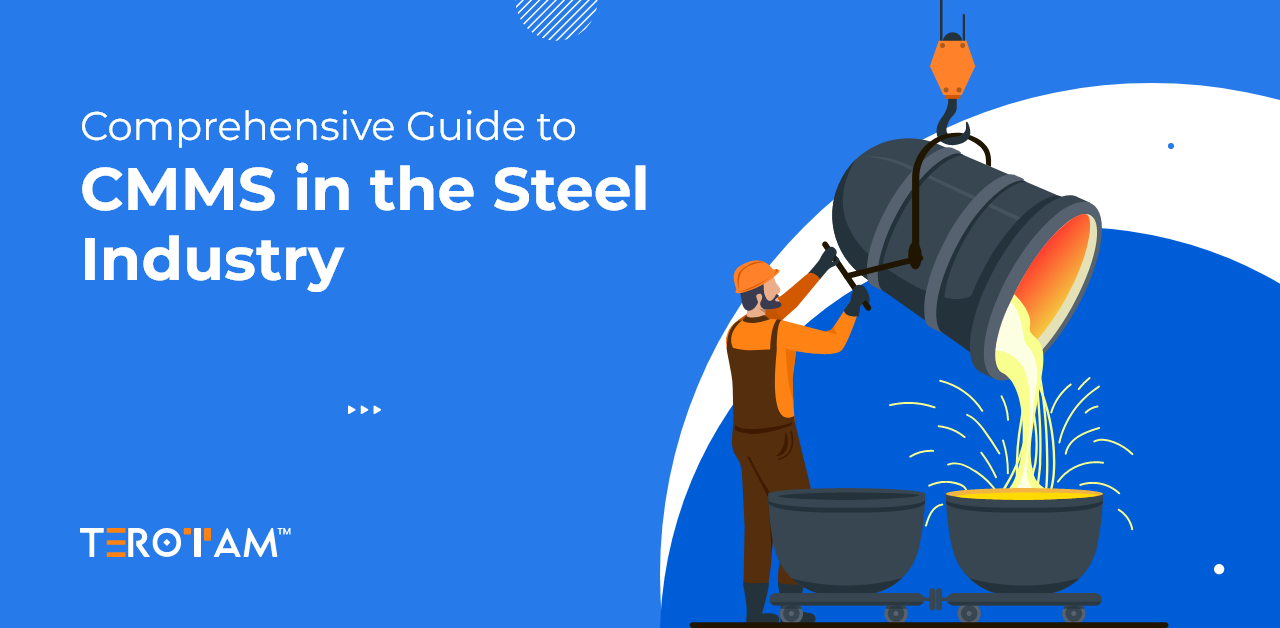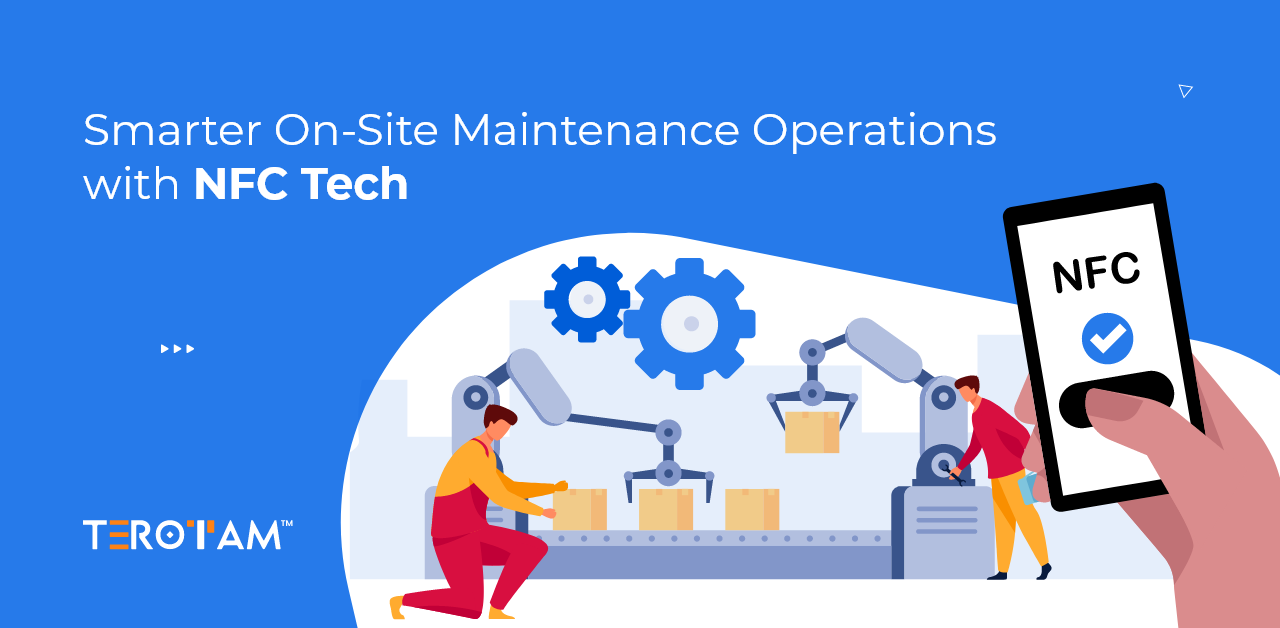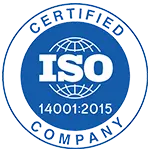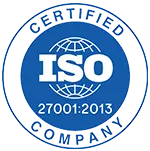Steel production is a symphony of high-energy processes, massive machinery, and tightly coupled systems. From the charging of scrap into an electric arc furnace (EAF) to the final coiling of hot-rolled strip, every stage depends on the uninterrupted performance of critical assets. A failure in a tundish slide gate actuator, a backup roll chock, or a descaler header can cascade through the line, halting casting, disrupting reheating schedules, and forcing costly coil-downs. In this context, maintenance isn’t a reactive chore—it’s a strategic function that directly impacts yield, energy efficiency, and on-time delivery.
Computerized Maintenance Management Systems (CMMS) have become central to managing this complexity. But their reliability in steel operations hinges on more than just software functionality—it depends on how well the system integrates with the physical and operational realities of the mill. This article examines the role of CMMS in steel manufacturing with a focus on technical applicability, real-world constraints, and measurable outcomes.
What a CMMS Must Handle in a Steel Manufacturing Environment?
A CMMS in a steel plant isn’t managing office HVAC units or lighting fixtures. It’s tracking assets that operate under extreme thermal, mechanical, and chemical stress:
- Primary metallurgy equipment: EAFs, ladles, degassers, tundishes
- Continuous casting systems: mold oscillation units, strand guide segments, withdrawal drives
- Hot rolling mills: roughing stands, finishing stands, coilers, run-out tables
- Auxiliary systems: slag handling, dust collection, hydraulic power units, cooling towers
Each of these has subcomponents with distinct failure modes. For example, a finishing stand’s work roll bearings degrade due to thermal cycling and roll force loads, while a caster’s electromagnetic brake coils fail from moisture ingress and thermal fatigue.
A CMMS must support granular asset hierarchies—down to the bearing, seal, or valve level—to capture meaningful failure data and enable root cause analysis.
Where CMMS Adds Value in Steel Industry Operations
1. Condition-Based Maintenance Integration
Modern steel plants increasingly deploy condition monitoring technologies:
- Vibration sensors on the mill gearbox input/output shafts
- Infrared thermography on busbars and transformer connections
- Oil analysis for hydraulic systems and gearboxes
- Ultrasonic thickness testing on ladle shells and tundish walls
A reliable CMMS doesn’t just store work orders—it ingests and correlates this condition data. When vibration levels on Stand #5 exceed 4.5 mm/s RMS, the system can auto-generate a work order with priority based on asset criticality. Historical trends (e.g., vibration rising 0.3 mm/s per month) inform whether to schedule a bearing replacement during the next planned outage or initiate an immediate inspection.
Without this linkage, condition data sits in siloed dashboards, and maintenance decisions remain disconnected from actual asset health.
2. Precision in Preventive Maintenance Scheduling
Preventive tasks in steel must be tied to operational metrics, not arbitrary calendars. Examples include:
- Refractory relining of ladles after 80–100 heats or when shell temperature exceeds 350°C
- Roll change cycles based on tonnage rolled (e.g., every 25,000 tons for backup rolls in a hot strip mill)
- The hydraulic filter changes after 2,000 operating hours or when the differential pressure hits 3 bar
- Mold taper inspections every 150 casts on a continuous caster
A robust CMMS allows these triggers to be configured as meter-based or counter-based schedules. When the caster logs its 149th cast, the system flags the upcoming mold inspection. This precision prevents both premature interventions and catastrophic failures like breakout events due to worn mold surfaces.
3. Spare Parts Management for Long-Lead, High-Cost Items
Steel mills rely on specialized components with long lead times:
- Forged backup rolls (12–16 weeks)
- Custom AC drive motors for main mill drives
- Tundish stopper rods with specific ceramic compositions
- High-pressure water nozzles for descaling headers
A CMMS with inventory modules linked to work orders tracks consumption rates and enables:
- Min/max level alerts based on historical usage and production forecasts
- Criticality tagging (e.g., “A-critical” spares that halt production if unavailable)
- Consignment stock tracking with OEMs like Primetals or Danieli
- Bill of Materials (BOM) association so replacing a roll assembly automatically reserves chocks, keys, and hydraulic couplers
This prevents situations where a mill is ready to restart after an outage—but waits 72 hours for a $180,000 roll that wasn’t flagged for reorder.
4. Failure Mode and Effects Analysis (FMEA) Support
Reliability-centered maintenance (RCM) practices are common in modern steel operations. A capable CMMS stores and applies FMEA data at the asset level. For instance:
- Asset: Caster Mold Oscillation System
- Failure Mode: Loss of hydraulic pressure
- Effect: Sticking mold → shell tearing → breakout
- Current Control: Daily pressure checks, filter changes every 500 hrs
- Recommended Action: Install redundant pressure sensors with PLC interlock
When a work order is created for this system, the CMMS surfaces the FMEA guidance, ensuring technicians follow the right diagnostic steps and don’t just “top off the oil.”
Operational Realities That Challenge CMMS Reliability in a Steel Manufacturing Plant
Even the best CMMS can underperform if it doesn’t account for steel plant conditions.
Harsh Environments Limit Device Use
Tablets and handhelds must be rated for high heat, dust, and moisture (IP65 or better). In caster or furnace areas, ambient temperatures can exceed 60°C—enough to shut down consumer-grade devices. Offline functionality is non-negotiable; Wi-Fi coverage is often patchy near cranes, ladle transfer cars, or under mill housings.
Shift Handover and Knowledge Retention
Maintenance in steel runs across three shifts. A CMMS must support clear, structured handover notes—not just “motor noisy,” but “vibration on F4 main drive motor: 6.8 mm/s axial, 3.2 radial; oil sample taken, awaiting lab.” Without standardized terminology and mandatory fields, critical context is lost between shifts.
Integration with Mill Process Control Systems
A CMMS gains power when it connects to the plant’s automation layer. For example:
- Pulling actual operating hours from the PLC instead of relying on manual entry
- Receiving production stop/start signals to auto-close or pause work orders
- Syncing with SAP PM modules for cost center allocation and procurement workflows
Without these integrations, data entry becomes manual, error-prone, and delayed—undermining the system’s reliability.
What CMMS Capabilities Matter the Most in a Steel Manufacturing Plant?
Based on deployments across integrated and EAF-based mills, the following technical capabilities separate effective systems from generic ones:
- Deep asset hierarchy supporting plant > area > system > equipment > component (e.g., Hot Strip Mill > Finishing Stands > F5 > Work Roll Assembly > Upper Bearing Housing)
- Custom failure code libraries aligned with ISO 14224 or internal RCM standards (e.g., “Bearing – Fatigue Spalling,” “Refractory – Erosion”)
- Meter-based triggering for tasks tied to tonnage, heats, casts, or operating hours
- Mobile-first design with offline sync, voice-to-text for notes, and barcode/QR scanning for parts
- API-based integration with SCADA, ERP, and condition monitoring platforms
Vendors without experience in metals often lack these features or require extensive customization—adding cost and delay.

Final Assessment
A CMMS can be a highly reliable foundation for maintenance excellence in steel—but only when it’s engineered for the industry’s technical demands. It must handle the scale of the assets, the severity of the operating conditions, and the precision required in scheduling and diagnostics. When implemented with attention to data integrity, user workflow, and system integration, it becomes more than a digital logbook. It becomes a decision-support system that helps teams anticipate failures, optimize resources, and sustain production.
For steel producers evaluating their maintenance strategy, the question isn’t whether to use a CMMS; it’s whether their current system truly understands what happens between the ladle turret and the downcoiler.
If you’re looking to align your CMMS with the technical realities of steel manufacturing, drop us a note at contact@terotam.com.









